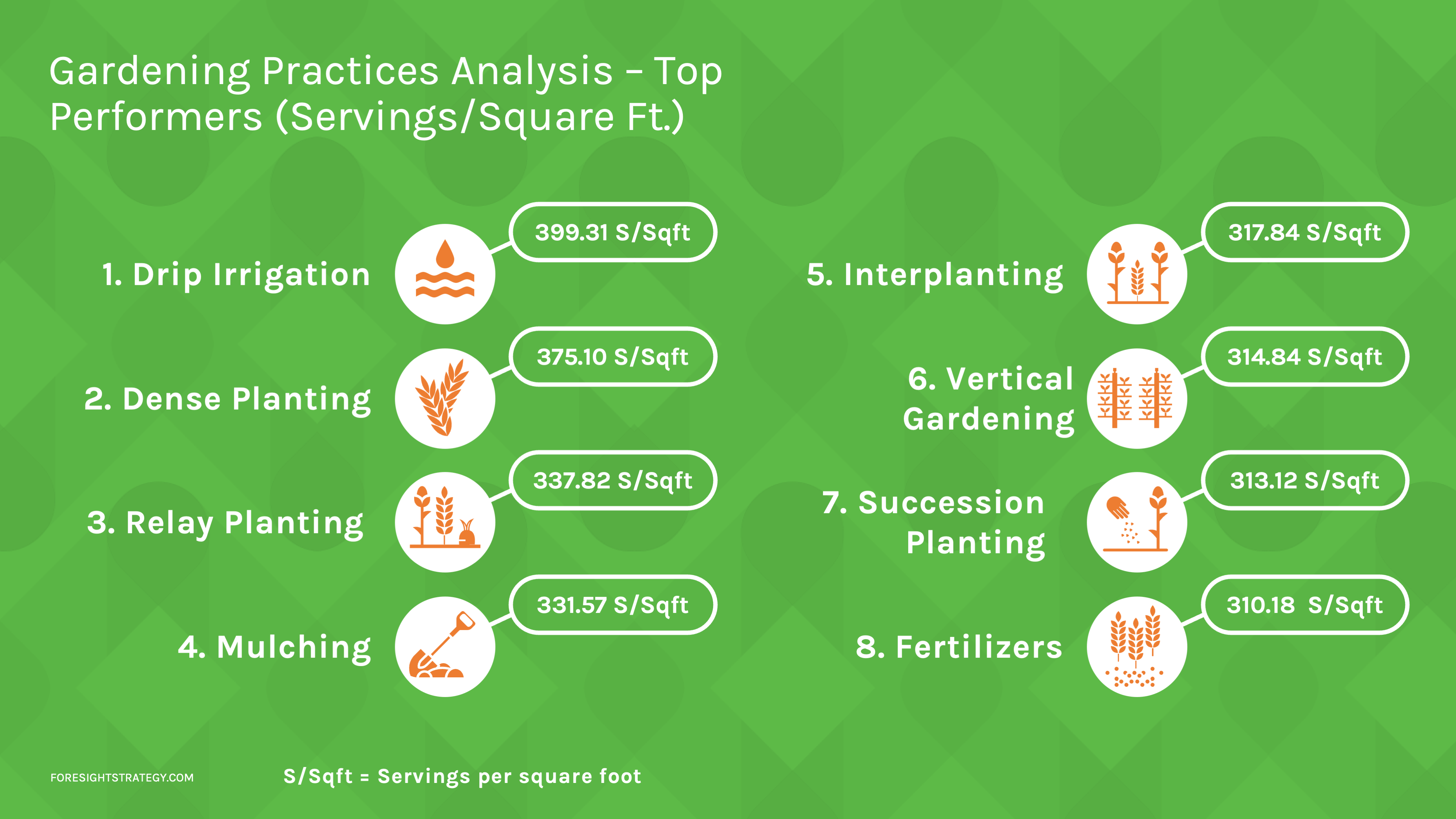
Growing the perfect garden with the University of Minnesota
Our pro-bono work with the University of Minnesota Extension, a branch of the University dedicated to leveraging research for the good of the local community, pertained specifically to their Master Gardener’s program. This is a volunteer program made of experienced home gardeners that use horticultural research (one area the University is particularly well known for) to promote the health of people, communities, and the environment.
What does the perfect home garden look like?
The objective of our work with UMN Extension was to identify gardening best practices and strategies to help set reasonable expectations for new gardeners and provide specific insights into how to optimize a home garden and assist gardeners in saving money by growing some of their own food.
Our work investigated the optimal size of a home garden, costs & ROI of small home gardens, high yield gardening practices, and ideal crop mix to meet common nutritional deficiencies.
Unearthing valuable insights
Through a structured journey we harnessed valuable insights from various sources. Leveraging both data from UMN, and some desk research, we delved into the realm of gardening practices, researching their advantages, drawbacks, and feasibility.
We also retrieved nutritional data for crops from USDA FoodCentral API (U.S. Department of Agriculture). This data, together with client insights and pricing data, formed a cohesive repository for analysis and action.
With data in hand, we identified and rectified errors and missing elements while deriving key metrics grounded in yield and resource requirements. This process ensured the integrity and reliability of our analyses.
Now ready to examine patterns and insights, we analyzed the data around “beginner gardens” (smaller size garden for gardeners with land, time, and money constraints) to understand how crops should be distributed, mixed, and prioritized based on those limitations. At the same time, we explored common gardening practices, considering the same constraints.
What we found
Thanks to this analysis we were able to provide to UMN Extension key takeaways and best practices. We compared beginner gardens to advanced gardens (over 168ft and for more experienced gardeners) and found that beginner gardens yield 51% more (servings) per Sq ft than advanced gardens. Although advanced gardens are more resource efficient, beginner gardens maximize yield output per sq ft.
Also, a typical beginner garden can generate $4 for every $1 you spend while a large garden makes $7 (not including garden start-up costs). So, while an advanced garden produces a greater ROI, a beginner garden still provides a reasonable ROI, being an ideal entry point.
In terms of ideal crops, we identified those with the highest ratio of Nutrient Yielded to Resource spent. We then identified the optimal crop mix to cover common nutrient deficiencies while still minimizing resources spent.
The University intends to use these findings to develop materials they can share with the local community to provide guidance for beginners and showcase the benefits of home gardening among the community.
